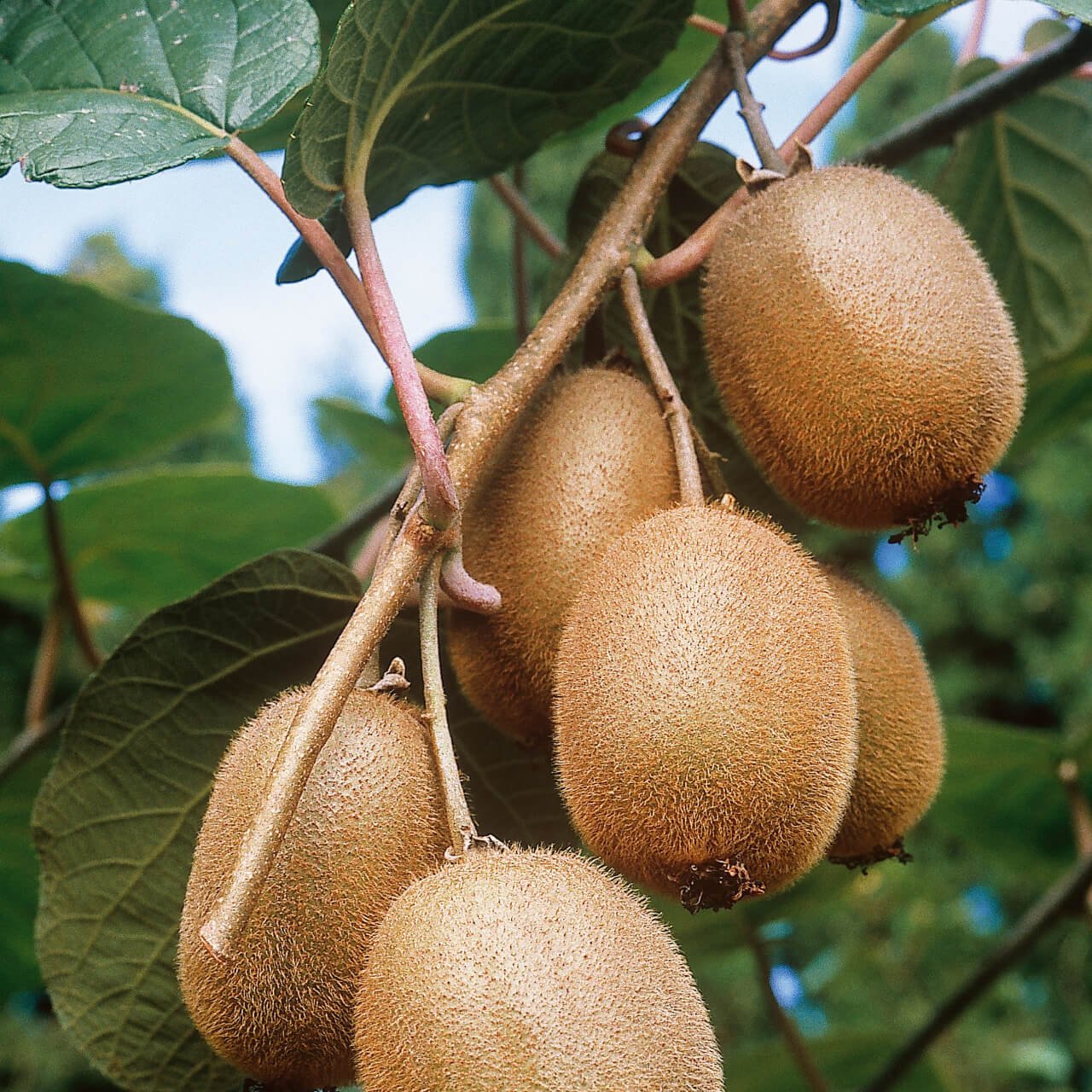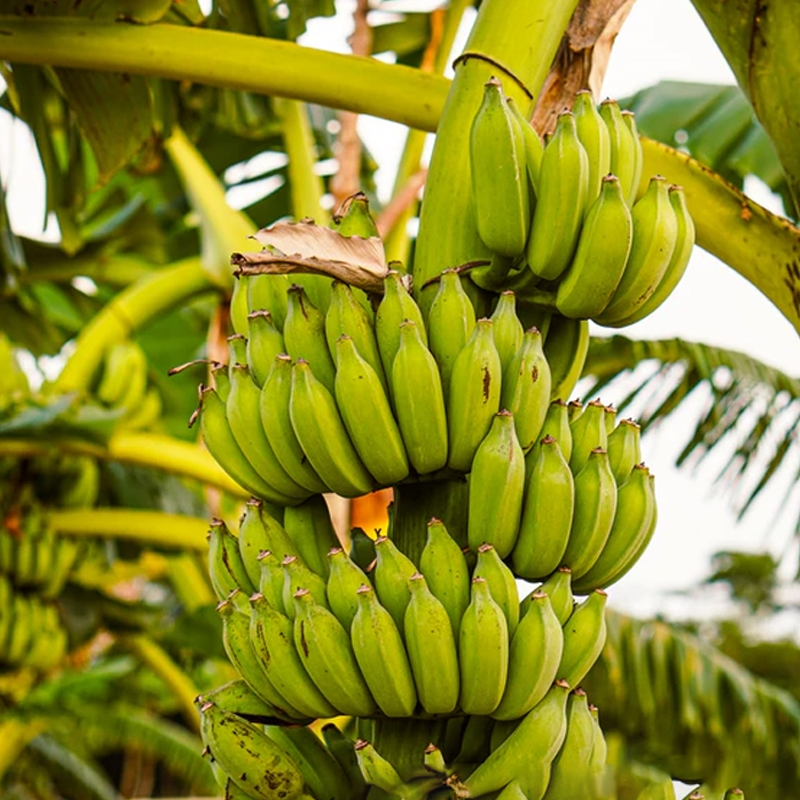


Corkscrew Willow
Fast-growing tree provides quick shade
Tolerates various soil types
Low-maintenance and drought-resistant
Thrives in
ZONE 4ZONE 5ZONE 6ZONE 7ZONE 8This plant ships:
NowSalix Matsudana - Corkscrew Willow
Corkscrew Willow is a deciduous tree notable for its twisted and contorted branches, giving it a unique and whimsical appearance. The main appeal of this sub-shrub is its drooping, twisted, contorted twigs. They start slender and olive-green and mature to gray-brown. Like the twigs, the leaves are often twisted.
It adds value, functionality, and aesthetics to your yard, and choosing suitable trees for your space will help you optimize these benefits. It is a beautiful tree native to China and has been planted worldwide because of its impressive appeal. It is also known as a Babylon will or a weeping and could be the ideal addition to your space because of its many benefits. What can you expect from it?
Corkscrew Willow Has Twisted Branches
They are generally recognized for their drooping, unique branches that add a laid-back feel to yards. This species is appropriately named because its mature leaves, which are grayish-brown in color, are usually twisted. The twigs also grow in a twisted formation. Younger leaves have an olive-green hue that introduces color to the space. In addition to the swaying leaves and twigs, its bark gradually fissures as it grows for added character.
Corkscrew Willow Has Beautiful Spring Flowers
In early spring, it grows catkins, fuzzy yellowish-green flowers that mature over the summer months and turn brown. The flowers ultimately drop in the fall as the leaves are shed. Notably, the fallen leaves reveal twisted twigs and branches to enhance aesthetics even during the year's colder months.
When mature, they grow up to 40 feet tall. In addition to their great height, the trees expand outward by up to 20 feet. This stunning species is an excellent addition to yards that need shade. As an added benefit, the swaying branches create mesmerizing shadows across the ground.
When adequately hydrated, it can grow up to four feet yearly. Because of this, you can enjoy their excellent shade and beauty within a few years after planting them.
The major difference is the way of growing and the appearance of the two plants. It has a curved trunk and twigs and curly leaves; Weeping Willow (Salix babylonica), on the other hand, has long, drooping branches arising from the trunk.
The tree has a fast growth rate, which makes it ideal for providing rapid shade and erosion control. It has twisted branches and curly leaves that provide an aesthetic appeal to any landscape.
The tree represents versatility, as its trunk curling bends toward the healthy roots in adversity, which captures tenacity. In shape, it is also deemed as representing an artistic impression owing to its unorthodox design.
Corkscrew Willows have an average life span of 30-50 years. However, their life span is relatively low among all trees, which is why they are used widely in landscaping due to their high growth rate and beauty.
This species of willow requires full sun to partial shade; more particularly, It grows best in places with clay, sandy loam, and rich, moist but well-drained soil. They are well suited for growing near water bodies or any area where roots may be useful in erosion control.
This Is How Your Plants Will Look upon Delivery

Height at Maturity
Over 25 Feet
Care
Corkscrew Willow thrives in well-drained soil and needs regular watering, especially during dry periods. It should be pruned annually to maintain its twisted branches and prevent overcrowding. Watch out for pests like aphids and address infestations promptly to keep the tree healthy.
Plant Reproduction
Corkscrew Willow spreads via seeds, suckers, and root expansion
Plant bare root trees during the dormant season in early spring or late fall (November through April). Dig the hole twice as wide as the roots so the soil is well-drained. Position the tree so the root flare is at or just above ground level. Fill the hole back with the soil you dug from and water. Maintain soil moisture, especially in the tree's early years, by providing deep, regular watering. Apply a 2-4 inch mulch away from the trunk at the base to retain moisture and suppress weeds. Prune trees during the first few seasons to establish strength and resilience, remove damaged branches, and continue maintenance pruning as the tree matures. Regularly inspect for pests and diseases and apply integrated pest management practices. Protect young trees from mechanical damage and extreme temperatures with tree guards, and stake them if necessary for support, removing the stakes after one or two years.
Shipping date depends on the date displayed and chosen when you order from the product's page.
We only accept returns on plants verified dead. If you think your plants have died, we offer a 1 year warranty, please use this File a Claim Link to verify dead plants and start with return warranty process.





Unique Twisting Branches:
The Corkscrew Willow boasts distinctive, twisting branches that add a striking visual element to any garden. Its unusual growth pattern makes it a conversation starter and a focal point in landscape design.
Adaptability:
Corkscrew Willow trees are highly adaptable and can thrive in a variety of soil types, including wet and poorly drained soils. This makes them a versatile addition to many different types of landscapes.
Fast Growth Rate:
This tree is known for its rapid growth, providing quick shade and privacy. If you need a tree that will establish itself and enhance your garden swiftly, the Corkscrew Willow is an excellent choice.
Bird-Friendly:
The Corkscrew Willow’s branches provide excellent shelter and nesting sites for birds, making it a great addition to wildlife-friendly gardens. Enjoy the added benefit of attracting and supporting local bird species.
Caring Tips
How do I care for my Corkscrew Willow?
Each box contains detailed care instructions and information about your product. But here's the basics.
Care Tips
Corkscrew Willow thrives in well-drained soil and needs regular watering, especially during dry periods. It should be pruned annually to maintain its twisted branches and prevent overcrowding. Watch out for pests like aphids and address infestations promptly to keep the tree healthy.
Light Requirements
Corkscrew Willow thrives best in total sun to a bit of shade, needing at least 4-6 hours of natural sunlight daily for optimal growth. In shadier conditions, its twisted branches may develop less prominently.
Hardy Planting Zones
4 • 5 • 6 • 7 • 8
Header
Use this content to share information about your store and products.
Frequently Asked Questions
How often should I water my plants?
How do I know if my plant is getting too much or too little sunlight?
What should I do to prepare my plants for winter?
What are the signs that my plant needs fertilizing?
How can I prevent pests from damaging my plants?
How do I choose the right plant for my climate zone?






